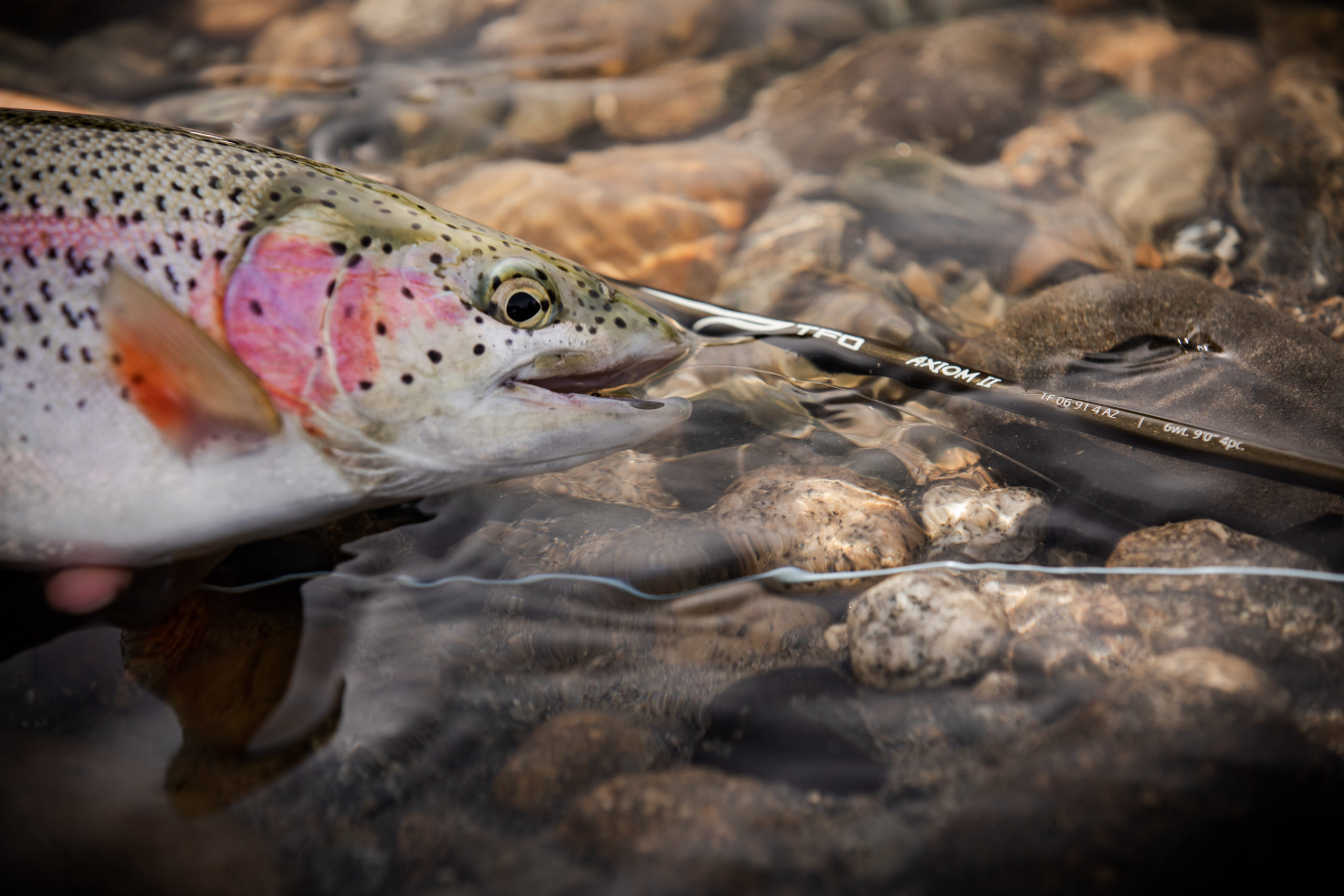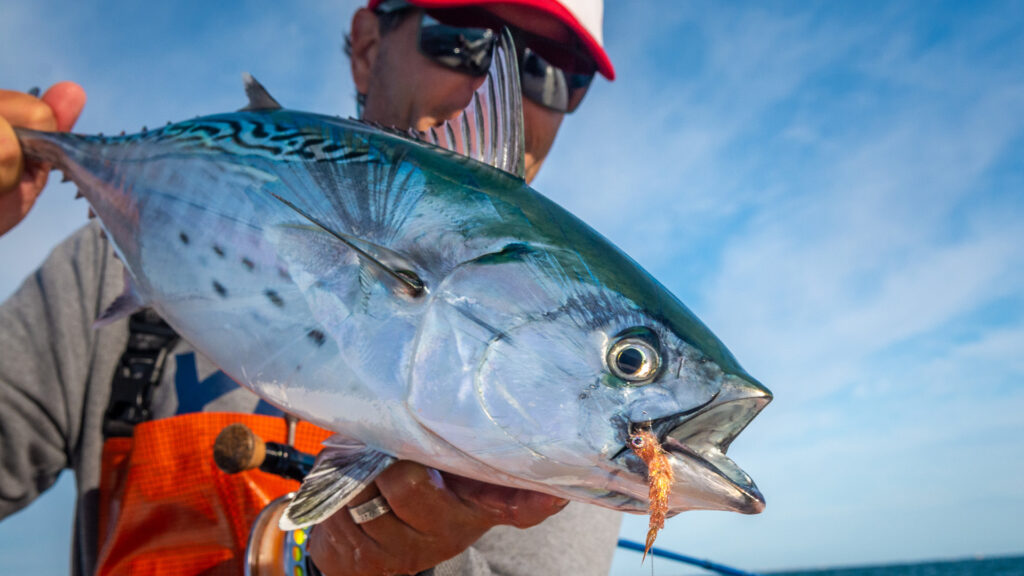There is an anonymous quote that goes, “Taking an image, freezing a moment, reveals how rich reality truly is.” The idea behind this quote is one of the main reasons I got into fishing photography back in the mid 2010’s. Frequently, I would find myself exploring vast Alaskan fisheries. On the trips where I captured unforgettable moments with my camera, I would later look back at the images and be truly grateful for that time on the water. There are probably many of you who can agree with this, but need some direction on what gear to buy, which camera settings to use, and how to find the best angles when trying to capture great fishing photos. Here are some tips I’ve gathered through my experiences.
Gear
Phone cameras have made huge gains regarding quality when looking back over the past few years. The addition of wide-angle lenses, better low light performance, and manual settings are a few main reasons for this. There are many instances where you can produce great images with a phone camera, but there are also times where that camera is not going to hang with a DSLR (digital single-lens reflex) camera. All the images shared in this blog were captured with a Canon 5D Mark IV DSLR, so let talk DSLRs.
Most people these days have a phone with a solid camera built in, but not everyone has a DSLR. If you want to have greater control over the photos you take, I highly recommend investing in a DSLR. Interchangeable lenses give each photo a different feel, full manual settings let you completely control the outcome, and a large internal sensor stores massive information in the image for easy post production editing.
When it comes to picking the right DSLR, this requires a bit of research for the photographer. There are numerous options ranging from a few hundred dollars up into the thousands of dollars. If I were to recommend a DSLR for a first-time buyer, I would suggest the Canon 80D. This is a mid-level camera priced around $1000. It’s weather sealed so it can handle wet rainy days, has a flip out screen for easy photo viewing, and has a quality sensor that produces great images. If you are on a tighter budget, I would recommend the Canon T7 Bundle which averages under $500. This will get you into the interchange lens game at a great price point.
After finding the right camera, your next biggest step is finding the right lens. When I am on the water, I always have two lens options in my case. A 17-40mm Canon wide angle and a 70-200mm Canon telephoto lens. Each lens offers a dramatically different perspective to the photo which we will talk about more later on. Most camera manufactures offer camera bundles that come with both types of these lenses at a discounted price. The other option is to buy the camera body, and then purchase lenses individually. This gives you a little bit more freedom.
Camera Settings
For those that are just getting into DSLR photography, there are a few terms you must become familiar with; ISO, Aperture, Shutter Speed, Depth of Field, and RAW.
- ISO: The larger the ISO number, the brighter your image will be. Be careful with this though. As you raise the ISO, you increase the noise, or fuzziness, in the shadows.
- Aperture: This is the opening in the lens. A small number here results in a wide aperture. A wide aperture will let in more light, making the image brighter.
- Shutter Speed: This controls how fast the shutter closes. A fast shutter will let in less light, but also will freeze fast moving objects.
- Depth of Field: This is the range of what’s in focus in your image: A very fine-tuned focal point means you have a wide aperture.
- RAW: This is a file type the camera can save images as. This type of image is very large in file size. A RAW image for example is around 25 megabytes in size, while an average iPhone image is only around 6 megabytes. The additional megabytes mean more information is stored in the image, making post editing a breeze.
Now that you are familiar with the terms. Let’s jump into camera settings. Most DSLR cameras have three general options; Full manual, priority, or full auto. I use each of these for varying situations on the water.
- Full Manual: This is where you have complete control over all the camera settings. I use this when I have ample time to capture the shot. Landscape portraits or capturing action like casting are where this setting is handy. As a general rule, I try to keep the ISO under 800. This keeps the noise down to a very manageable level in post.
- Priority: Adjust either the ISO, Shutter Speed, or Aperture, and the camera auto adjusts the other settings to get the right lighting. This is my go-to on the water. I like to fix the shutter at 1/200. This will freeze a moving angler and fish so they don’t appear blurred.
- Full Auto: This is where the camera does all the work for you. I usually only use this for run-and-gun shooting where I don’t have time to mess with camera settings.
Angles
This is my favorite part of photography. There are infinite lighting scenarios, infinite compositions, and essentially infinite options when it comes to framing your shot. Let’s take a look at some of my go-to angles.

Close up with Telephoto Lens: Reveals details not commonly viewed with the eye. Axiom ll

Wide Angle: Offers a distorted and unique view.

Wide Angle + Slow Shutter: As this fish was preparing to be released, I adjusted my shutter to blur the moving water. The stationary fish was not affected by the shutter, so it appears in focus.

Glow Effect: Shooting into the sun, zoomed in with a telephoto lens to crop out the sun.

Shallow Depth of Field: See how the angler, net, and fish are in the same focal plane. Then the rod and background are blurred heavily. LK Legacy with BVK SD reel.

Shallow Depth of Field + Bright Background: You can use the sun reflecting off the water to make this unique effect when using a wide aperture. LK Legacy with BVK SD reel.

Wide Angle + Low to Water + Foreground: The wide angle makes the angler seem small, and the river seem larger than normal. Added fish trough in foreground for bonus detail. Pro ll TH with BVK-SD.

Fast Sutter + Shallow Depth of Field: The fast shutter freezes the line motion and water droplets during a spey cast. LK Legacy TH with BVK SD reel.
Last Notes
Now that you have captured the perfect image, some post editing will really bring the image to life. My personal favorite editing software is Adobe Lightroom, but there are numerous other editing software options out there. Do a little research and see what fits your budget and workflow. While you are at it, check out some how-to DSLR videos and blogs online. I have learned everything I know about photography from the internet. It may seem like a lot of information to take in at first, but the real knowledge comes from trial and error, so don’t be discouraged. Learning a new skill is good for the soul, and for anyone wanting to get into photography, I highly recommend you develop a budget, find a camera that works for you, and take the leap.
Blog written and photos provided by TFO Ambassador Kory Robbins. Kory lives in Anchorage, Alaska with his wife and fellow TFO Ambassador Tessa Shetter. You can check out more of Kory’s photography here.
![]()






